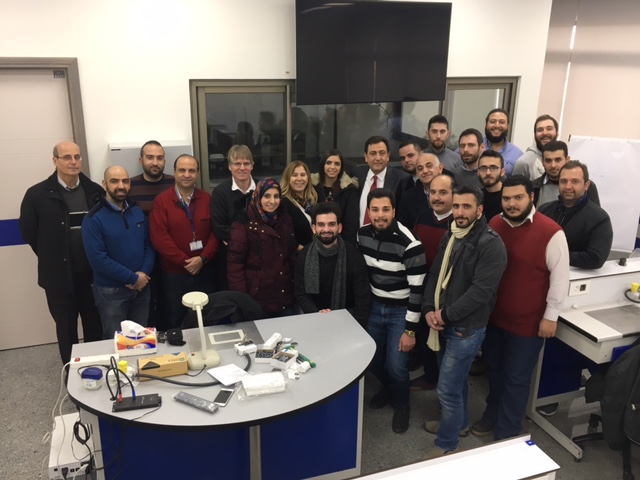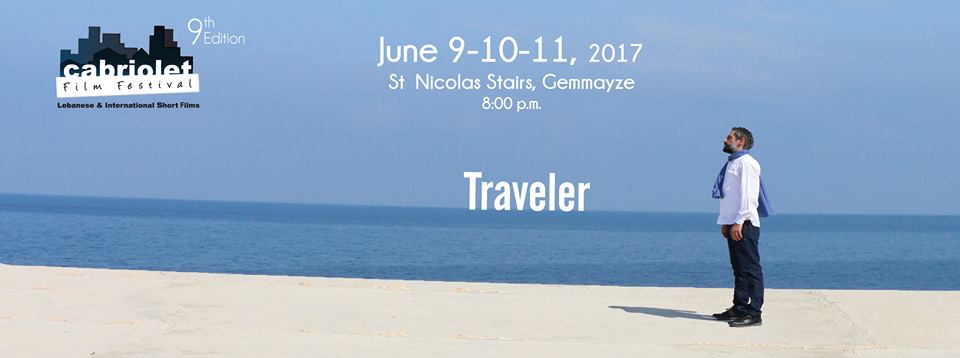"It is impossible to live a pleasant life without living wisely and well and justly. And it is impossible to live wisely and well and justly without living a pleasant life."
Driven by the downfall in fertility rates in addition to the notable increases in life expectancy, countries around the world are witnessing a rapid growth in the older population rates with a rising growth in the number of people aged 65 years and above.
According to the United Nations’ standard numerical criterion, most of the developed countries have accepted the chronological age of 65 years as a definition of 'elderly' or older person. In a recent report by the World Health Organization (WHO), experts anticipated a rise in elderly rates up to 800 million by 2025, reaching almost 10 per cent of the total population, noting that most of them are located in developing economies.
Lebanon, with a total population of 4.822 million and 79.85 years as life expectancy at birth, is projected to similar growth rates at the level of the elderly inhabitants. Elie Akoury, the Director of the Department of Physical Therapy, refers to the same study by WHO to outline that the figure related to older people rates in our country increased from 4.6 per cent in 1970 to 7.4 per cent in 2004, and 12.03 per cent in 2012. “It is undeniable that the newly adopted practices, as well as the progress made in various fields i.e. educational, nutritional, healthcare and fitness, etc. have all led to the rise of these figures,†he adds.
In this context, Akoury clarifies that there is a high correlation between sedentary (tendency to spend much time seated) and the decrease in longevity rate. “Continuous sitting times engender many health risks by deactivating various processes of the body, especially if the person is consuming energy-dense foods high in fats and carbohydrates,†he says. According to many articles tackling this issue, the medical bodies around the world call upon people with sedentary activity to cut back on the amount of time spent behind their desk work in order to reduce its heavy toll on health, which was scientifically proven. “Being physically active through regularly exercising is at the core of maintaining a balanced and healthy lifestyle,†concludes Akoury.
Frequent and moderate intensity exercise plays a preventative role in our life; however, alleviating stress and eating right should also be at the top of our concerns. Regular health tests, routine nose-to-toes exams, and periodical screenings can help us diagnosing pathological cases, if any. In conclusion, living longer and healthier requires not only a life-less-sedentary, but also improving our whole lifestyle in all its aspects.











